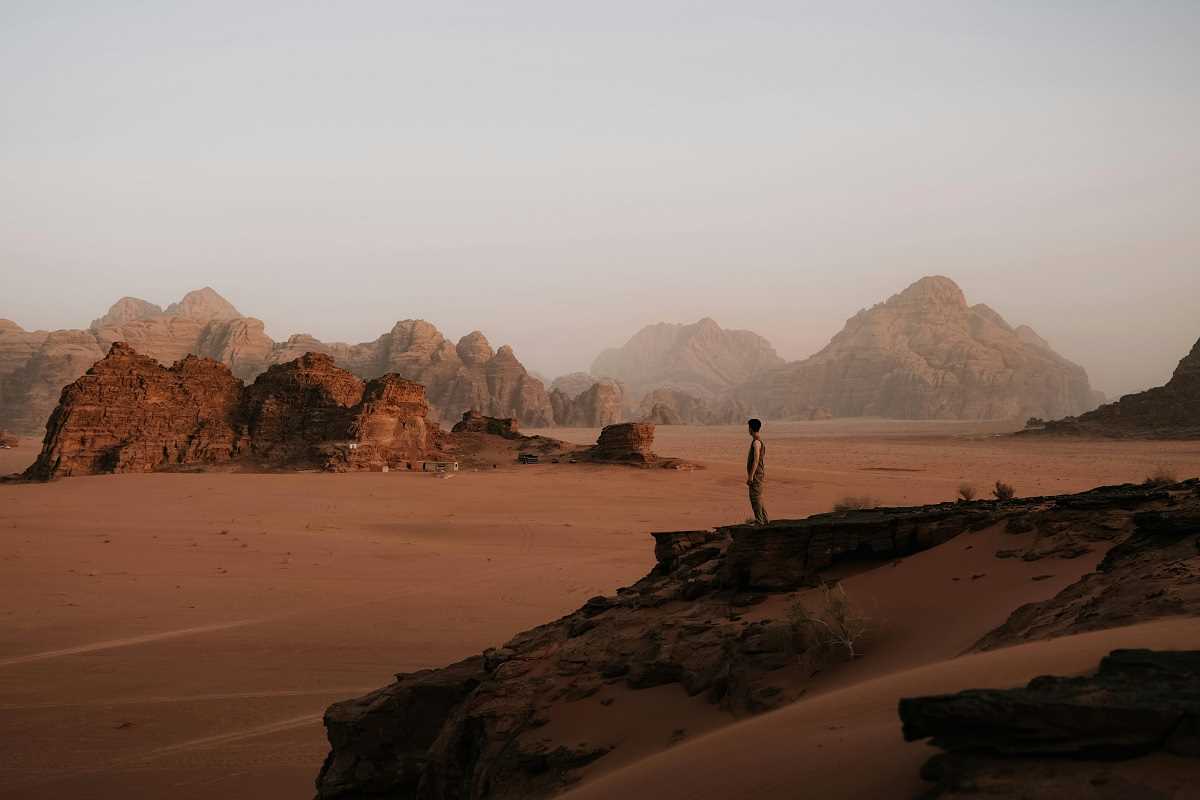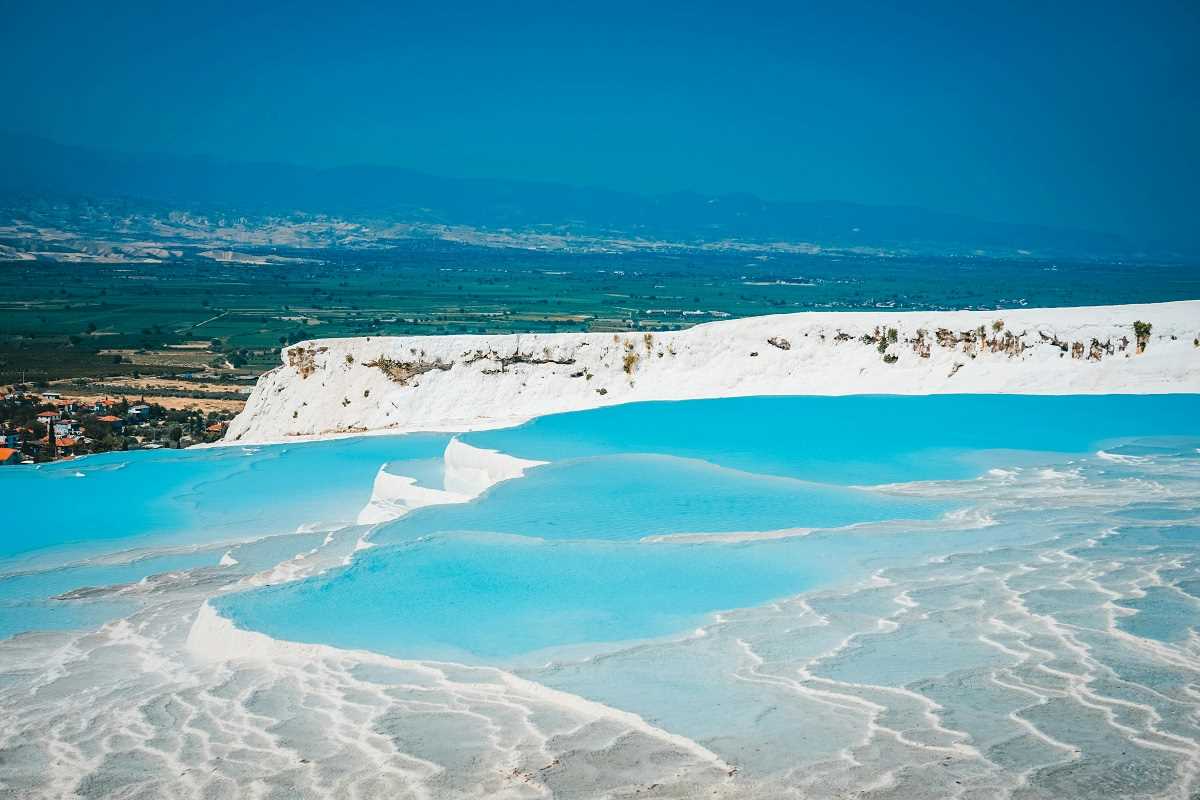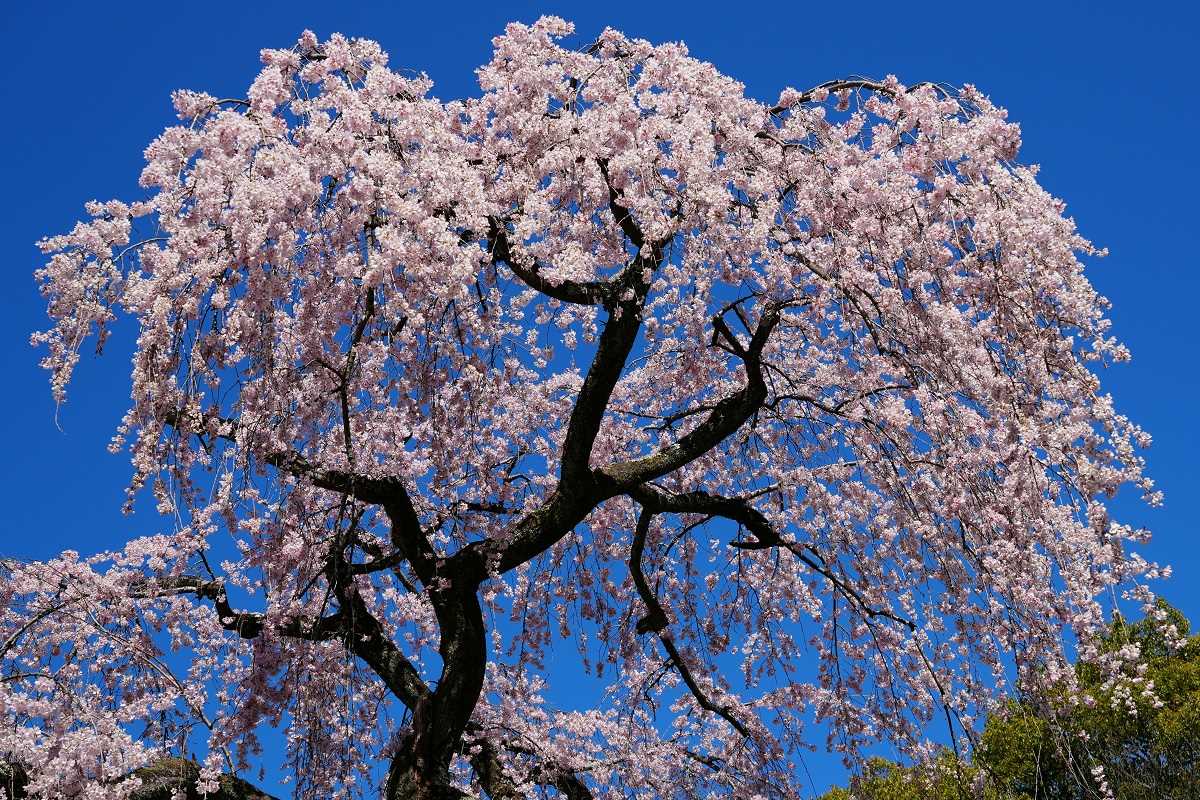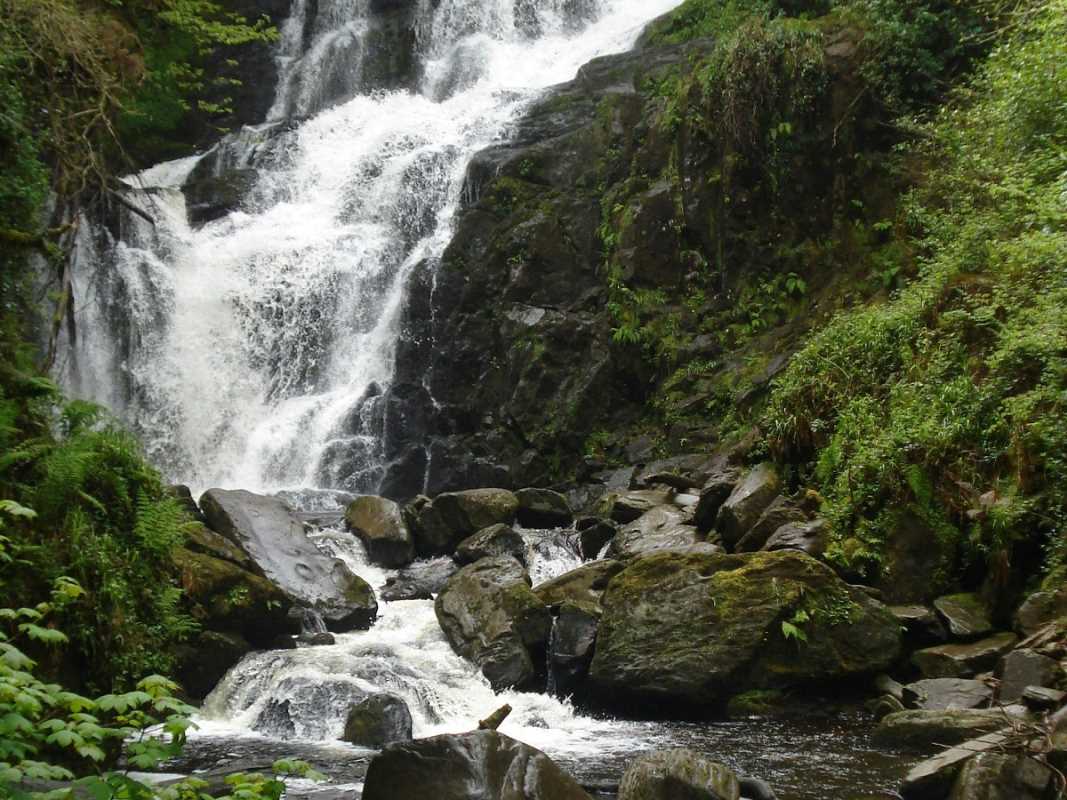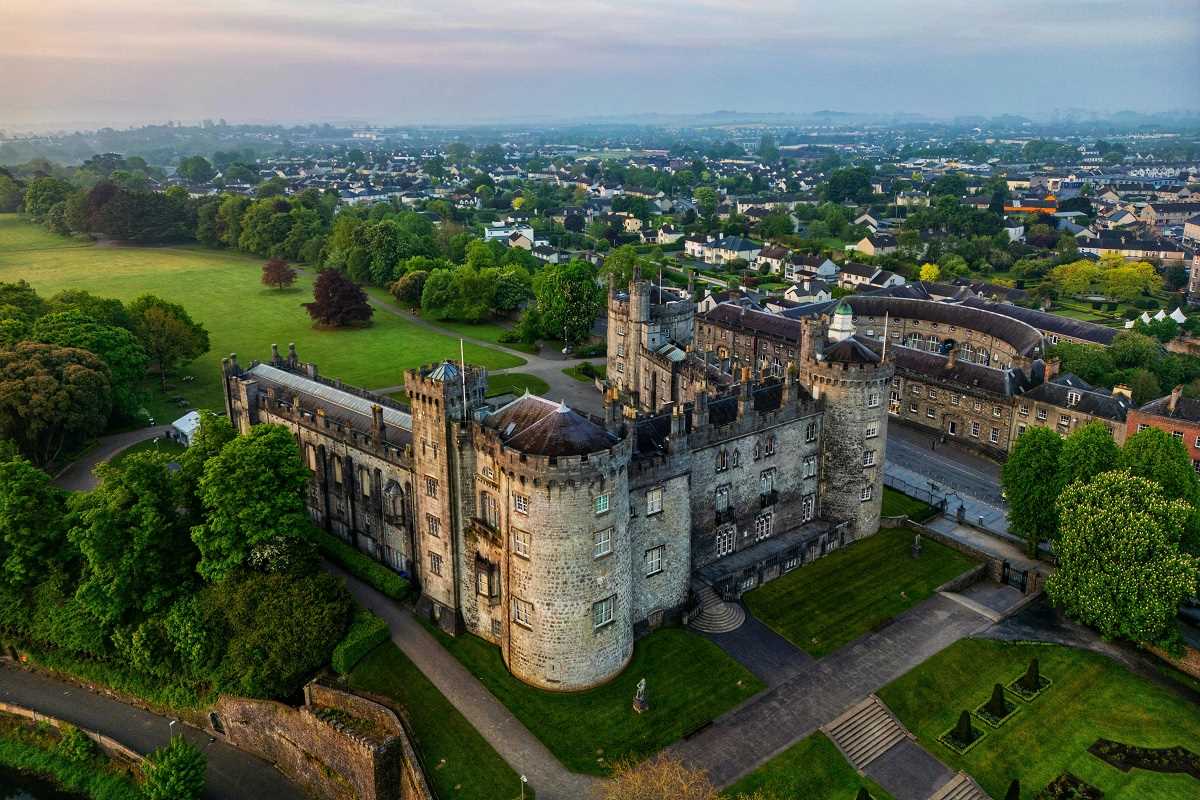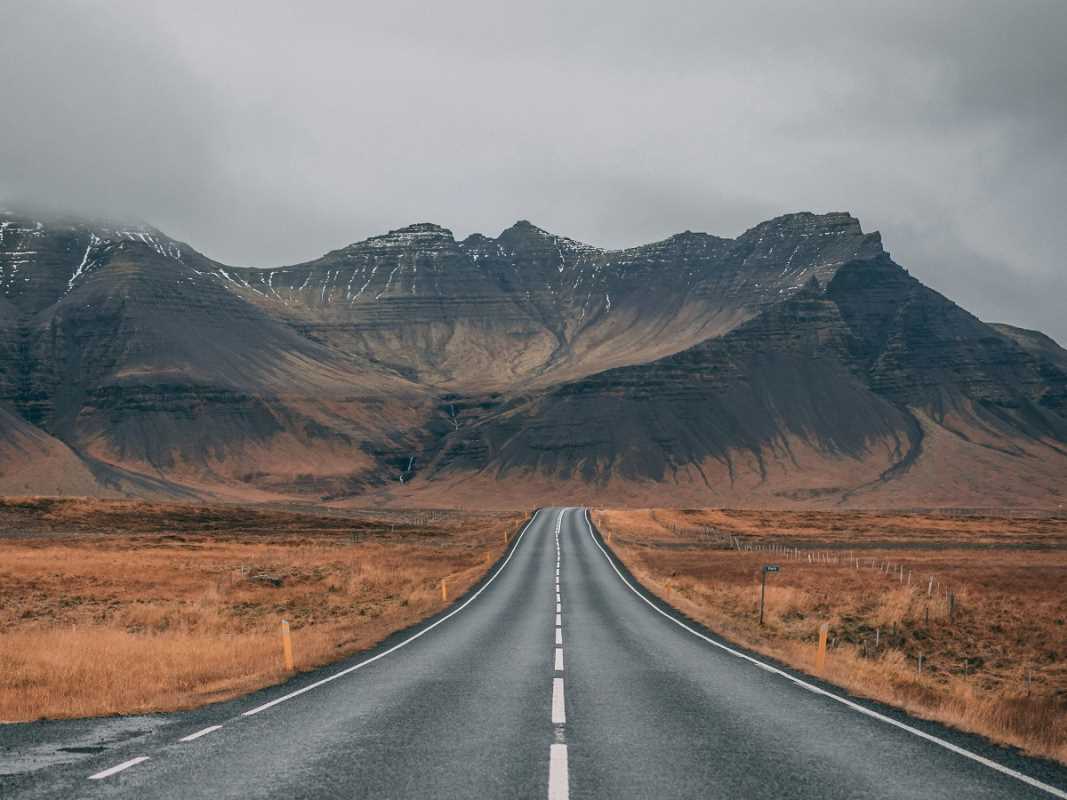Imagine a vast desert where towering red sandstone cliffs rise above the endless stretch of golden sand, and the night sky glows with an explosion of stars. Welcome to Wadi Rum, Jordan's "Valley of the Moon." This UNESCO World Heritage Site is more than just a pretty backdrop; it’s a place steeped in history, culture, and breathtaking beauty. From its unique rock formations to its rich Bedouin heritage, a trip to Wadi Rum is a soul-stirring adventure you won’t forget.
The Magic of Wadi Rum’s Landscape
Wadi Rum looks like something out of a sci-fi movie. (And it’s no wonder filmmakers from Lawrence of Arabia to The Martian chose this location!) The desert is home to ancient rock carvings, sand dunes, and natural arches shaped by thousands of years of wind and erosion. This landscape has been described as otherworldly, with dramatic colors that shift from golden yellows to deep reds depending on the time of day.
Among its most iconic landmarks is the awe-inspiring Burdah Rock Bridge, one of the highest natural arches in the world. There’s also Jebel Umm ad Dami, Jordan’s tallest mountain, which offers panoramic views that stretch all the way to Saudi Arabia on clear days. And if you’re exploring the desert floor, don't miss the textures of the sand dunes, where tire tracks and camel prints crisscross, telling their own story of adventure.
Activities to Experience
Wadi Rum isn’t just for admiring from a distance. Whether you’re an adrenaline junkie or crave a peaceful escape, there’s something here for every traveler.
Jeep Tours
To truly explore Wadi Rum, a jeep tour is a must. These half-day or full-day excursions take you deep into the desert, allowing you to visit some of its most iconic spots, like the Seven Pillars of Wisdom rock formation. Most tours are led by local Bedouin guides who know the desert like the back of their hands. They’ll share insights about the area’s history, geology, and cultural significance, all while navigating the terrain like pros. Plus, riding in the back of a 4x4 with the desert wind in your hair is an adventure in itself!
Camel Rides
Want to travel like a true desert nomad? Hop onto a camel and set out into the dunes guided by expert Bedouins. These gentle creatures will carry you through the desert at a calm, rhythmic pace, giving you time to soak up your surroundings. Sunset camel rides are especially magical, as the shifting light transforms the landscape into an artist’s palette of colors.
Stargazing
When the sun sets, Wadi Rum transforms into one of the best stargazing spots in the world. The desert’s minimal light pollution means the night sky is ablaze with stars, and if you’re lucky, you might even catch the shimmering Milky Way. Many camps in Wadi Rum offer telescopes or guided stargazing experiences, but honestly, all you need is a blanket and a moment to lie back and take it all in.
Hiking and Climbing
For adventurers ready to take things up a notch, Wadi Rum offers spectacular hiking and climbing opportunities. Jebel Khazali is a popular hiking spot, known for its ancient canyon walls etched with Nabatean petroglyphs. Climbers can challenge themselves on the steep sandstone cliffs, with routes ranging from beginner-friendly scrambles to advanced climbs for seasoned enthusiasts.
Cultural Connections
Wadi Rum isn’t just a place of natural wonders; it’s also home to the Bedouin people, who have lived in harmony with the desert for centuries. Their traditions, stories, and hospitality are an integral part of what makes Wadi Rum so special.
When you visit, don’t miss the chance to spend an evening in a Bedouin camp. These camps range from rustic to luxurious, but all offer an authentic experience of desert life. You’ll dine under the stars on traditional dishes like zarb (a flavorful feast cooked underground) while being serenaded by Bedouin music and tales. Respect for the Bedouin culture is essential, so be sure to follow their guidance and observe local customs, such as dressing modestly and asking permission before taking photos.
Practical Travel Tips
Planning the perfect trip to Wadi Rum requires a bit of preparation. Here are some tips to help you make the most of your desert adventure.
Best Time to Visit
The desert can be punishingly hot during the summer months (June to August), with temperatures topping 104°F (40°C), so it’s best to plan your visit during spring (March to May) or fall (September to November). During these seasons, the weather is mild, with cooler evenings perfect for campfires and stargazing. Winter (December to February) is also an option, though nights can get surprisingly cold, sometimes dropping near freezing.
What to Pack
Packing for Wadi Rum means preparing for extremes. Here’s a quick checklist of essentials to bring along:
- Light, breathable clothing for the daytime. Choose long sleeves and loose pants to protect from the sun and sand.
- Warm layers for the evenings, as temperatures drop significantly after sunset.
- Sturdy footwear for hiking and exploring (think trekking shoes or supportive sneakers).
- Sunscreen, a wide-brim hat, and sunglasses to shield yourself from the intense desert sun.
- A reusable water bottle to stay hydrated (you’ll need it, even in cooler months).
- A flashlight or headlamp, especially if you’re camping overnight.
Getting There
Wadi Rum is located about 4 hours south of Jordan’s capital, Amman, and just an hour from Aqaba. Most travelers arrive by car or as part of a guided tour. Once you reach the Wadi Rum Visitor Center, you’ll board a jeep or meet your guide to head into the Protected Area.
Respecting the Environment
Wadi Rum’s pristine beauty is something to be cherished and protected. Always travel responsibly by picking up after yourself, avoiding off-road driving that damages the terrain, and sticking to designated hiking paths. Following the “leave no trace” principle ensures this magical place remains unspoiled for generations to come.
After a few days in Wadi Rum, the desert has a way of staying with you. You might return with your suitcase a little dustier, but your heart will be full of the beauty, silence, and awe that only the desert can offer.
